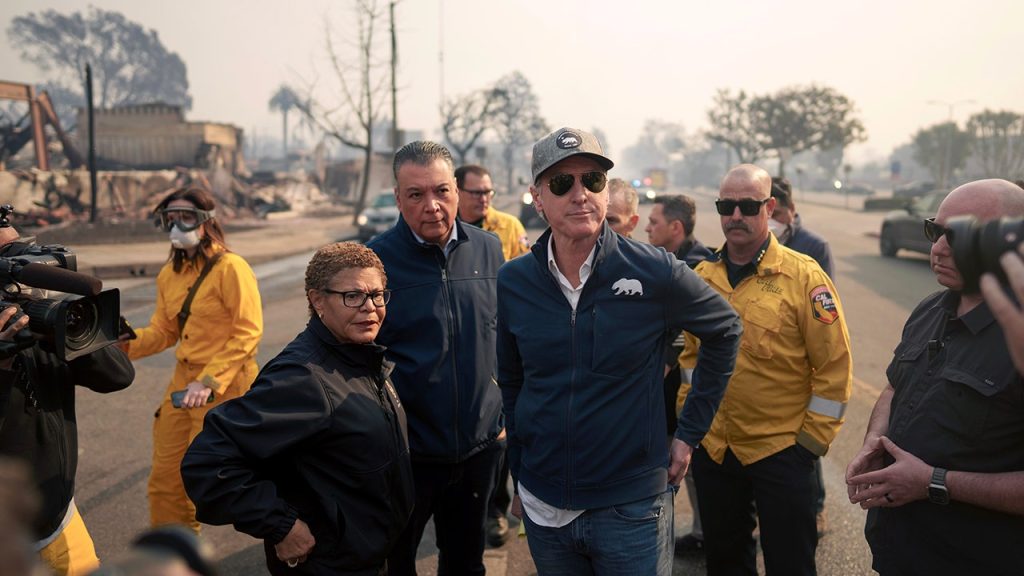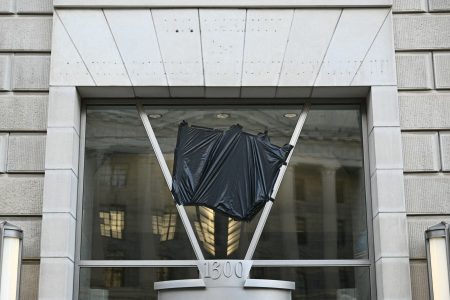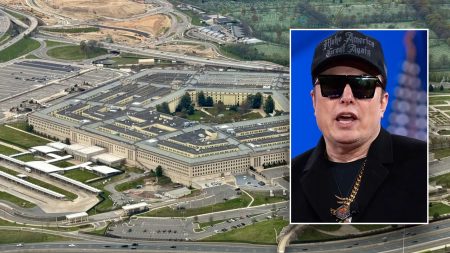The devastating wildfires raging across Los Angeles have exposed a critical vulnerability in California’s water management system, despite the state not experiencing a water shortage. While firefighters struggle with scarce resources to combat the blazes that threaten lives, homes, and the environment, critics argue that political mismanagement, not climate change, is the primary culprit behind the crisis. Edward Ring, a water and energy policy expert, contends that the state’s approach to water resource allocation, driven by environmental regulations, has severely limited the availability of water for firefighting efforts.
California’s aging water infrastructure, primarily consisting of reservoirs built in the mid-20th century, struggles to handle the state’s variable rainfall patterns. The record-breaking rainfall experienced last year, brought on by atmospheric rivers, overwhelmed the existing system, leading to a significant loss of water discharged into the ocean. This inability to capture and store water during periods of abundance exacerbates the scarcity during dry seasons and emergencies like wildfires. Coupled with outdated urban drainage systems designed for flood prevention rather than water retention, Los Angeles faces a critical lack of accessible water reserves despite adequate overall supply.
Environmental policies, particularly those related to the Endangered Species Act, have further complicated water management. Ring argues that the prioritization of maintaining river flows for endangered fish species like the delta smelt and salmon, while well-intentioned, has not yielded the desired results. Despite these efforts, the fish populations haven’t rebounded, and concerns are growing about the sturgeon also becoming endangered. This approach, he says, diverts water away from storage and restricts its availability for other essential uses, including fire suppression, ultimately jeopardizing both human and ecological well-being. This policy-driven allocation, according to critics, exacerbates the water access issues faced by farmers in the San Joaquin Valley and residents in Southern California.
The outdated infrastructure and politically driven water allocation policies, coupled with inadequate investment in water infrastructure maintenance and upgrades, have left California vulnerable to crises like the ongoing wildfires. Despite voter-approved bond measures like Proposition 1 in 2014, which allocated funds for new reservoirs and groundwater storage facilities, no new reservoirs have been completed. Critics lament the lack of progress despite budget surpluses, highlighting a disconnect between political promises and tangible action. This inaction, they argue, has directly contributed to the precarious situation faced by firefighters battling the wildfires.
The heart of the issue lies in the misallocation of resources and a lack of prioritization of critical infrastructure improvements. While billions are allocated to various projects, essential upgrades to the water system have been neglected. This, coupled with policies promoting water conservation, though laudable in principle, has inadvertently weakened the overall robustness of the water system, leaving it ill-equipped to handle emergencies like the current wildfires. The emphasis on conservation, according to critics, has not been balanced with adequate investment in storage and distribution infrastructure, resulting in a system unable to effectively utilize the available water resources.
The confluence of outdated infrastructure, environmental regulations, and insufficient investment in water management has created a perfect storm for California, culminating in the current crisis. While the state may not technically be experiencing a water shortage in terms of overall supply, the mismanagement of these resources has created an artificial scarcity, particularly impacting firefighting efforts. Critics argue that a shift in focus towards strategically investing in infrastructure upgrades and revising water allocation policies is crucial to mitigate the impact of future wildfires and ensure the long-term water security of the state. The ongoing wildfires serve as a stark reminder of the consequences of neglecting critical infrastructure and the urgent need for a more comprehensive and forward-looking approach to water management.










